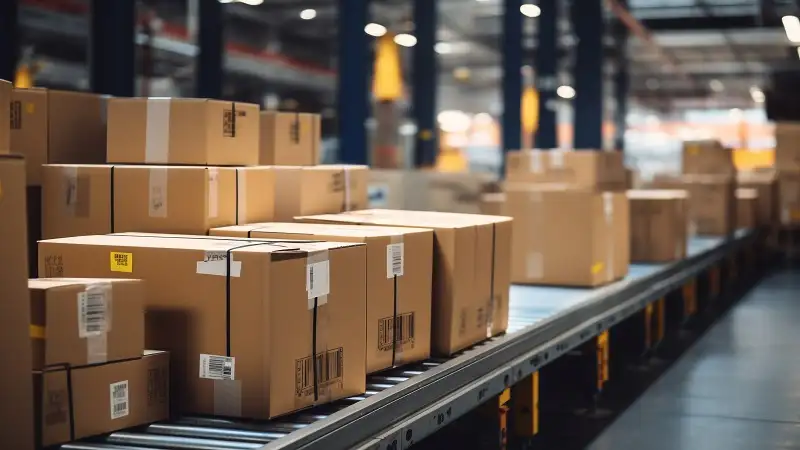DDP shipping, or Delivery Duty Paid shipping, is a preferred choice for businesses, providing a seamless experience for customers and efficient management of operations. This beginner’s guide is invaluable for those new to DDP shipping, offering insights into its benefits, considerations, and implementation steps. Understanding these aspects empowers businesses to make informed decisions, optimizing their global supply chain management for smoother and more effective operations.
The Advantages of DDP Shipping
Seamless Customer Experience
One significant perk of DDP shipping is providing customers with a hassle-free experience. By taking care of customs clearance and duties on behalf of the customers, businesses ensure that there are no fees or delays upon delivery. This instills confidence in customers as they receive their products without any complications.
Simplified Customs Clearance
Another advantage of DDP shipping is simplifying the customs clearance process. When utilizing DDP terms, businesses assume the responsibility of managing all documentation and declarations required by customs authorities. This saves time and effort for both parties involved in the transaction.
Cost Transparency
When using DDP shipping terms, businesses are responsible for covering all duties and taxes associated with importing goods into the destination country. This allows them to have an understanding of the costs involved and maintain control over these expenses. By calculating and considering these costs in advance, businesses can effectively determine product pricing while accurately anticipating any import expenses.
Things to Consider Before Implementing DDP Shipping
Compliance
International trade entails adhering to regulations imposed by different countries around the world when it comes to imports and exports. Prior to opting for DDP shipping, it is crucial to comprehend your responsibilities as an importer or exporter in each market you operate in or intend to reach out to. Take the time to familiarize yourself with trade laws concerning labeling requirements, prohibited items, licensing prerequisites, or packaging specifications that are relevant to your products.
Distributor Relationships
If you collaborate with distributors or wholesalers in target markets, it is important that they are also aware of the DDP shipping option and understand how it may impact their operations. Engaging in discussions about your shipping preferences and considering their input can help strengthen your relationships and foster collaboration toward enhancing customer satisfaction.
Inventory Management
Accurate inventory management plays a role in implementing DDP shipping strategies.
As the person in charge of handling customs clearance, it’s important to have an understanding of your inventory levels. It can be really helpful to invest in inventory management software or systems that can keep track of both incoming and outgoing products. This will make your operations more efficient and prevent any delays caused by running out of stock or discrepancies.
Implementing DDP Shipping
Identify Target Markets
Take some time to evaluate the demand for your products in markets and figure out which countries could benefit from implementing DDP shipping. Consider factors like ease of doing business, import taxes and duties, market size, and cultural compatibility when selecting the target markets that are suitable for DDP shipping implementation.
Partner with Reliable Freight Forwarders
It’s crucial to connect with freight forwarders who specialize in shipments if you want to ensure a reliable DDP shipping experience. Take the time to explore options, compare prices, and ask about their expertise in managing customs compliance. This way, you can choose a partner that aligns well with your business requirements.
Implement Effective Customs Documentation Procedures
Having paperwork is essential for customs clearance processes when using DDP terms. Make sure you comply with all the regulations by reviewing all relevant commercial invoices, packing lists, airway bills, or bills of lading before initiating shipment. You can utilize technology like electronic data interchange (EDI) or export management systems (EMS) to make the documentation process more efficient.
Conclusion
Businesses aiming to expand and provide the best customer experiences can greatly benefit from implementing Delivery Duty Paid (DDP) shipping. DDP shipping simplifies customs clearance, ensures compliance, and offers transparency in costs for international shipping operations. However, before incorporating DDP shipping, it’s important to consider factors such as compliance, distributor relationships, and inventory management. By evaluating these aspects and following the steps mentioned above, businesses can confidently embrace DDP shipping and establish a strong global supply chain presence.
